Keyhole Sink
A small canyon with petroglyphs and a seasonal waterfall, only a short hike from the remnants of old Route 66.
For centuries, the canyon and pool now known as Keyhole Sink was a place where the Cohonina people hunted and conducted religious ceremonies. Petroglyphs at the site dating to around 1,000 years ago indicate that hunters used the natural dead-end to corner prey that gathered at the watering hole. Curiously, despite the area being a rare source of fresh water in the arid region, archaeological evidence doesn’t indicate that people settled permanently at the site.
The images marked onto the volcanic basalt rock mostly show animals that were probably encountered at the watering hole—deer, snakes, frogs, and lizards. One image depicts a herd of deer entering the canyon. These pictures were made by the Cohonina, who lived in the area from around 700 to 1100. Anthropologists believe that the Cohonina are the ancestors of today’s Navajo, Hopi, and Zuni tribes, among others.
In 2010 the petroglyphs were heavily damaged by vandals who drew on the wall of the canyon with aluminum roofing cement. The vandalism made national news and an expert from Atlanta, Georgia, was recruited to help restore the site. They were able to remove almost all evidence of the vandalism from the petroglyph panels, and today hidden cameras monitor the site.
Know Before You Go
The trailhead is on the shoulder of the historic Route 66, a few miles west of Parks, Arizona. Parking for the trailhead is on the other side of the highway, in the Oak Hill Snow Play area. The trail is easy, and goes about a mile from the highway.


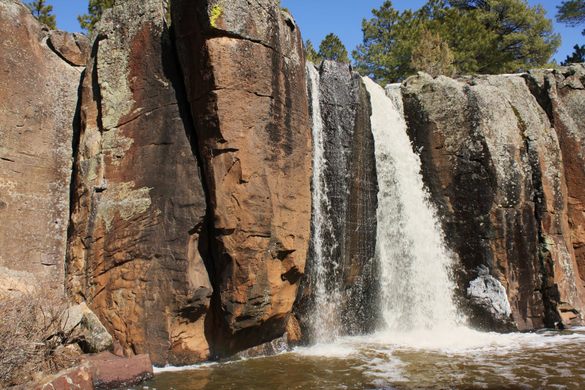
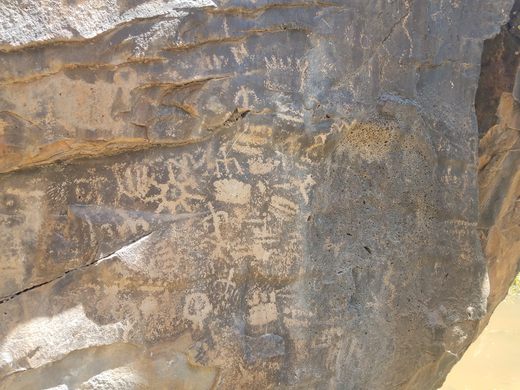
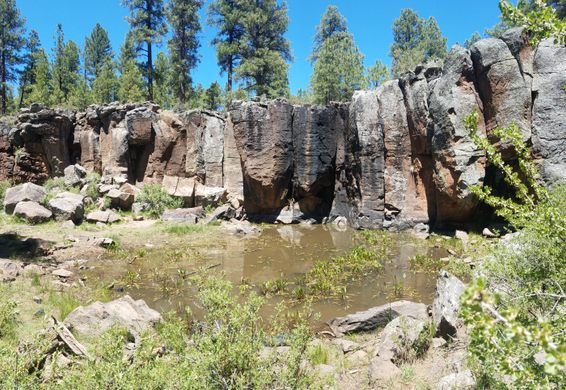

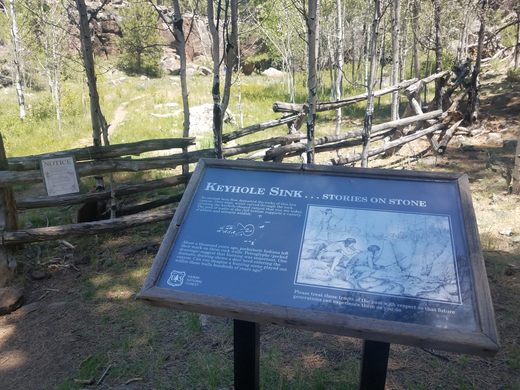




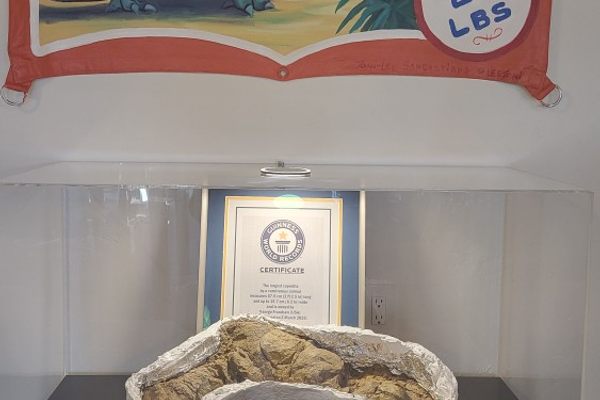
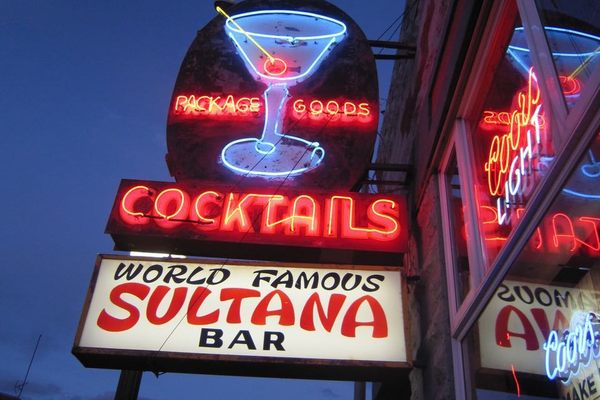
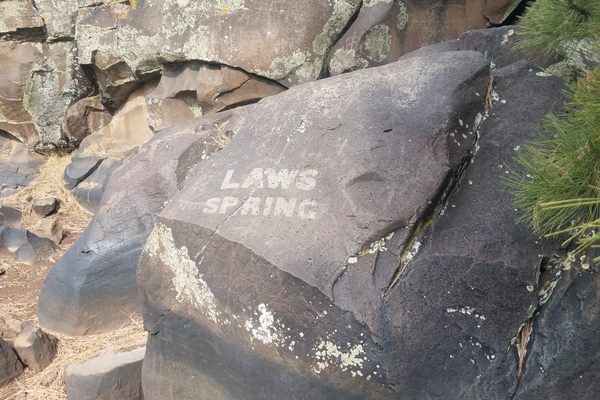


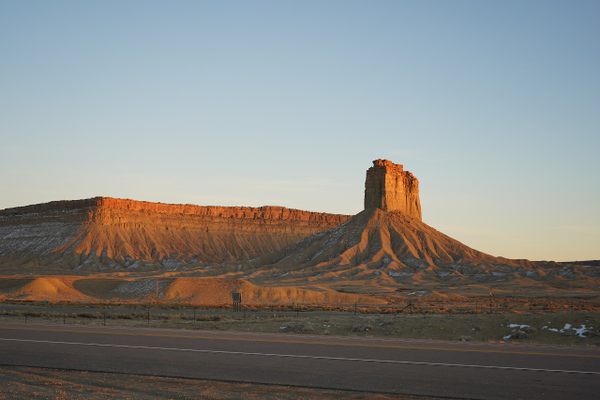



Follow us on Twitter to get the latest on the world's hidden wonders.
Like us on Facebook to get the latest on the world's hidden wonders.
Follow us on Twitter Like us on Facebook